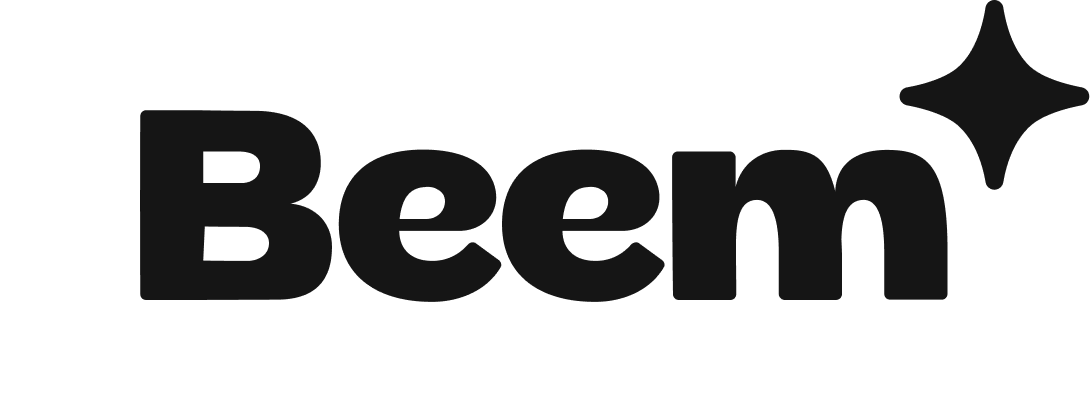Table of Contents
One of the primary discouragements to addiction treatment is the cost incurred in rehab centers. The inpatient rehab costs for 30 days range from $5,000 to $20,000, according to the National Center for Drug Abuse. Such prices often prevent people from seeking necessary help.
For some, the idea of paying for rehab is daunting. It, along with the emotional toll, deters them from seeking help. This is especially true for those without insurance or limited funds. Consequently, many remain trapped in addiction, missing out on needed support. However, knowing about payment options can motivate a move towards recovery.
Fortunately, there are strategies available to reduce the expenses associated with rehab. This guide will explore these solutions. The essence is to help relieve the cost for rehab allowing the patients to concentrate on recovery.
The Cost of Rehab in the US
Rehab costs in the U.S. vary widely. Factors include treatment type, facility, and location. In America, the average price of a 30-day inpatient program can be from USD 5,000 to 20,000. On the other hand, luxury rehab goes beyond $100,000 sometimes in one month.
The cost will be influenced by the amenities available, the location of the facility, and the duration of a patient’s treatment. Urban facilities often charge more. Special care needs, like detox or dual diagnosis, also raise costs. Knowing these expenses is key for budgeting and choosing treatment. It helps individuals prepare for recovery.
Read Blog: What is Emergency Funds and Types of Emergency Funds
Health Insurance: Coverage and Benefits
Rehabilitation becomes affordable when a patient has health insurance. Many private programs cover addiction treatments, but they vary in rules. The Affordable Care Act mandates equal coverage for mental and physical health. This law makes it easier to get treatment without high upfront costs.
Before signing up for a rehab program, it is important to determine coverage limitations. This helps find facilities that accept your plan and understand costs. Some insurers have networks that affect coverage.
Government Assistance Programs: Medicaid and Medicare
Rehab costs can be offset by such government programs as Medicaid and Medicare. Medicaid assists low-income areas with the cost of addiction treatment. It is available to low-income adults, children, pregnant women, and the disabled; age, and geography matter. Medicare serves individuals above the age of 65 or those with special ailments. It also covers addiction treatment.
Both programs reduce costs significantly for eligible individuals. However, coverage specifics can differ. So, it’s crucial to check with local offices for details. These programs make rehab affordable, allowing necessary treatment without severe debt.
Sliding Scale Fees and Income-Based Options
Some rehab clinics have sliding scale fees. They help those with financial difficulties to afford treatment. These are fees that have a relation with income received, meaning low-income earners will pay lower fees.
This model ensures necessary care without a heavy financial burden. Some centers also provide financial aid or grants for those unable to pay. It’s crucial to ask about these options when searching for rehab facilities.
Read Article: How To Stop Gambling And Save Money
Financing and Payment Plans
Financing and payment plans help those who can’t pay for rehab upfront. Many centers offer flexible options, allowing payments over time. This is especially useful for those without insurance or aid. Some centers team up with financing companies to offer loans with low rates and easy terms.
Moreover, certain healthcare credit cards provide treatment financing with little or no interest for a set time. However, it’s vital to understand the terms and total costs before committing.
Crowdfunding and Community Support
Crowdfunding and community support effectively cover rehab costs. These campaigns reduce financial stress, allowing for a focus on recovery.
Successful campaigns often use personal stories. They show the need for support and the effects of addiction. Community support comes from local events or efforts by friends and family. These actions build connections and boost commitment to recovery.

Using Credit Cards and Personal Loans
Using credit cards and personal loans can cover rehab costs. Many opt to charge treatment to a credit card, especially with low or no-interest offers. However, they must consider the risk of debt. High interest can lead to severe financial strain.
Personal loans are another option. They provide a lump sum for treatment, often with fixed rates and terms. This makes budgeting easier.
Grants and Scholarships for Addiction Treatment
Rehabilitation scholarships and grants are key rehab funding resources. Organizations like SAMHSA provide grants for treatment costs. This support eases the financial burden, making rehab accessible.
Moreover, some treatment centers offer scholarships to eligible patients. Thus, they provide extra financial help. Individuals should research local options and talk to their treatment center about funding.
Budgeting and Saving Tips for Rehab
Budgeting and saving are key for covering rehab costs. First, make a budget for treatment, travel, and living expenses. Next, find areas to cut costs. This frees up money for treatment. Consider a separate savings account for rehab. It helps track your goals.
To boost savings, look for extra income through part-time work or freelancing. Also, get advice from financial experts. They offer valuable strategies. These tips create a solid financial plan for recovery.
How Beem Can Help You Manage Rehab Expenses
Managing rehab costs is tough, but Beem offers cash advances for treatment. This covers gaps before insurance or other funds kick in, easing the financial burden. Beem lets individuals focus on recovery, not finances. This is vital for those without other funding.
Conclusion
Rehab costs can be high, but many resources make it affordable. It’s crucial to also figure out how to pay for rehab. Exploring these options can ease the financial load and secure necessary care.
Need urgent financial help? Beem offers quick cash advances. This support covers upfront the cost of rehab, allowing you to focus on recovery. Recovery might seem tough, but the right support makes it easier. Download the Beem app here.
FAQs on How to Pay for Rehab
What types of insurance cover rehab costs?
Many private health insurance plans cover addiction treatment. Medicaid and Medicare do too, for eligible individuals. It’s vital to review your plan to understand coverage and costs.
Are there government programs that help pay for rehab?
Yes, government programs can help cover rehab costs. Organizations like SAMHSA provide grants for treatment costs. Also, Medicaid covers addiction treatment for those who are eligible.
How can I start a crowdfunding campaign for rehab expenses?
To start a campaign, one has to select a website like GoFundMe. Then, create a story explaining your need for treatment. Share it with friends and family. Next, promote your campaign on social media. It will reach more people and encourage donations.






























